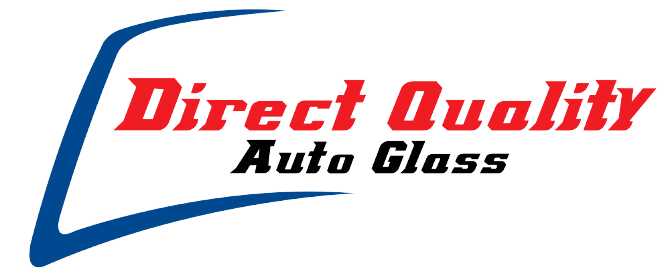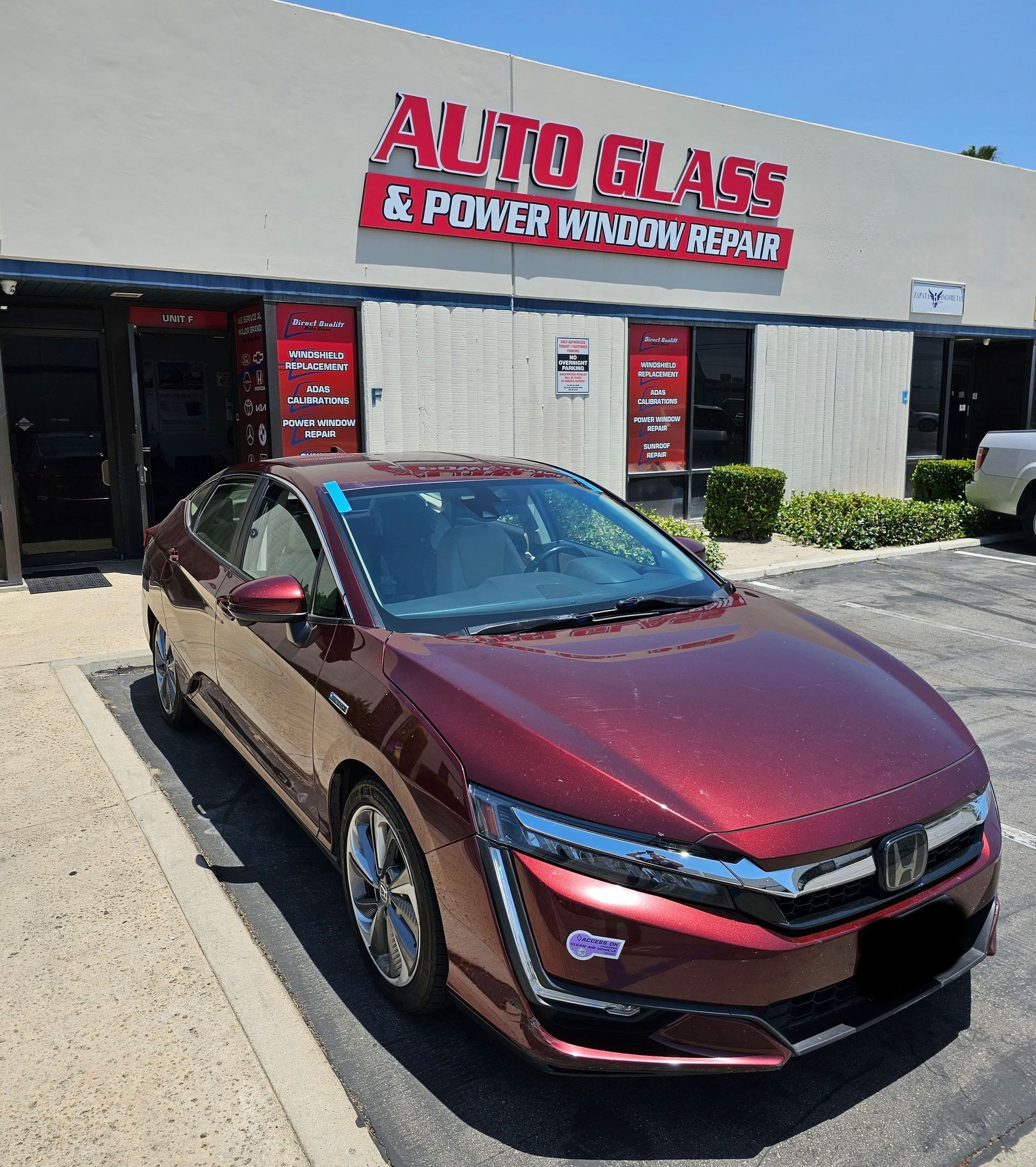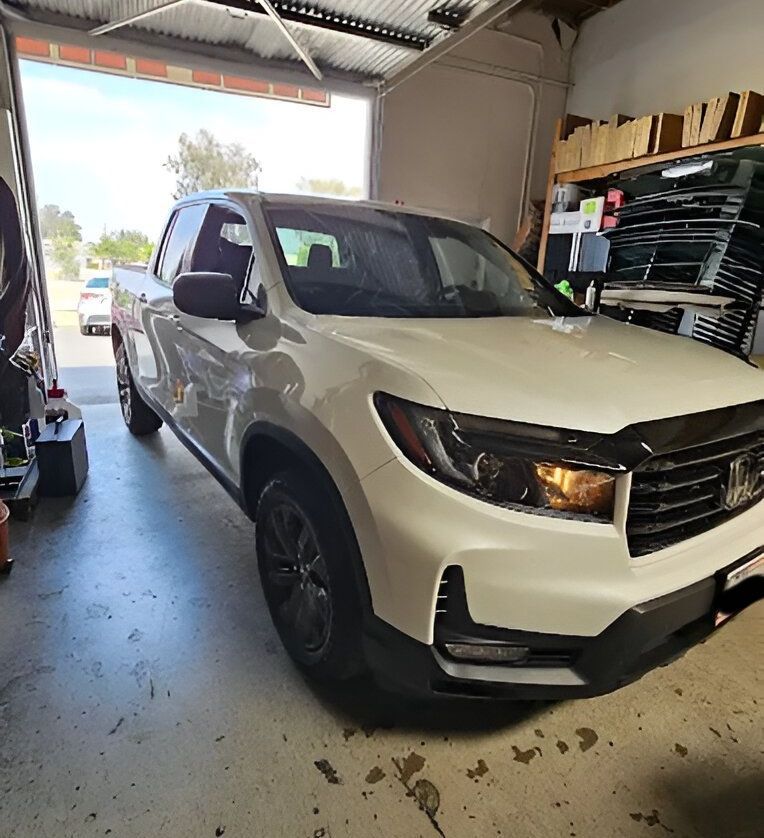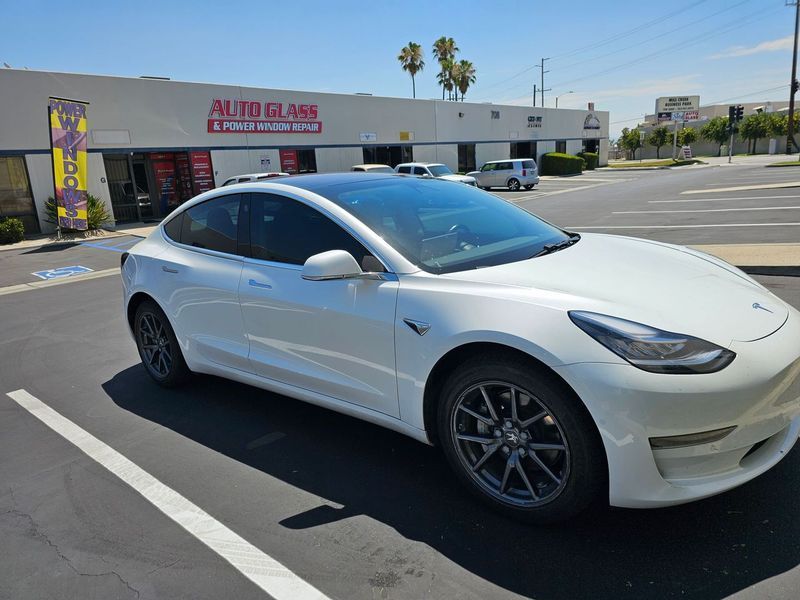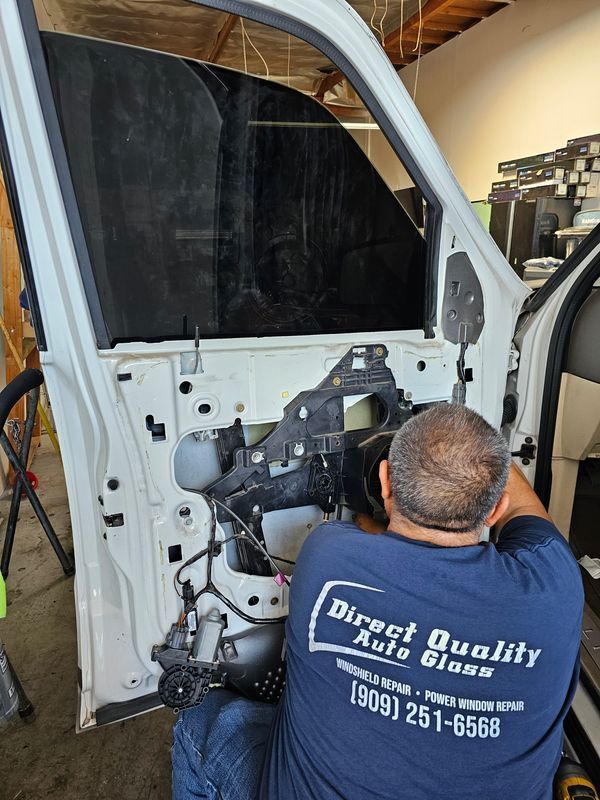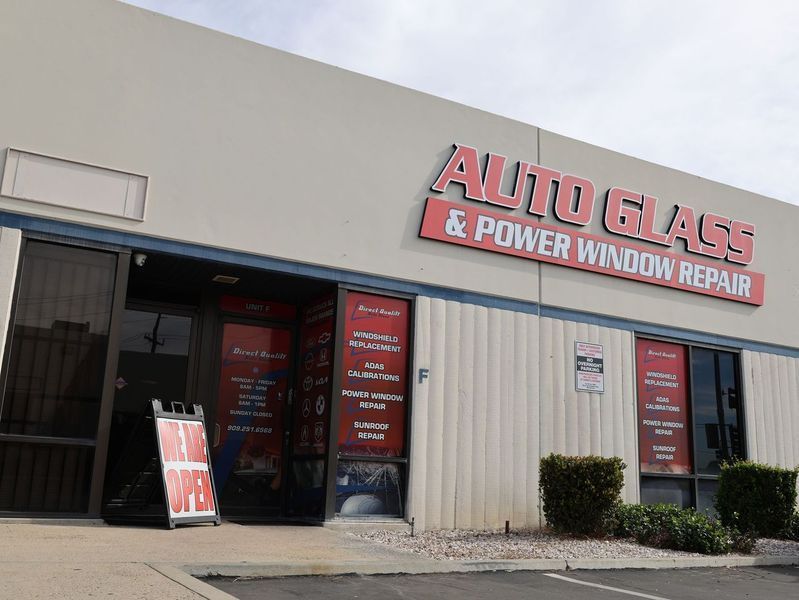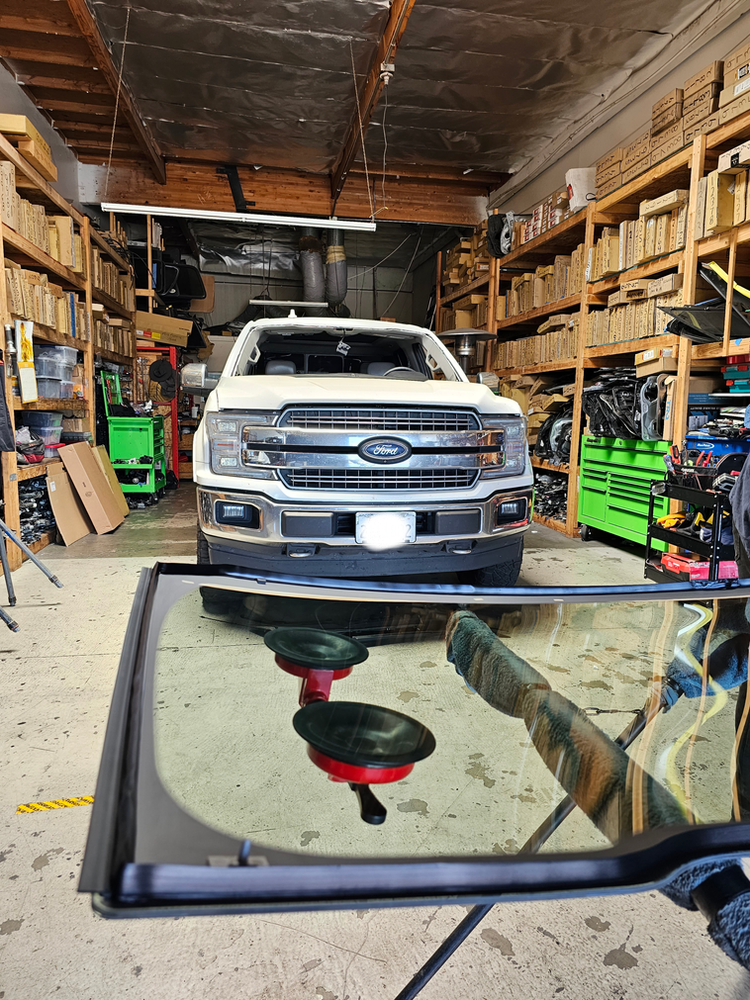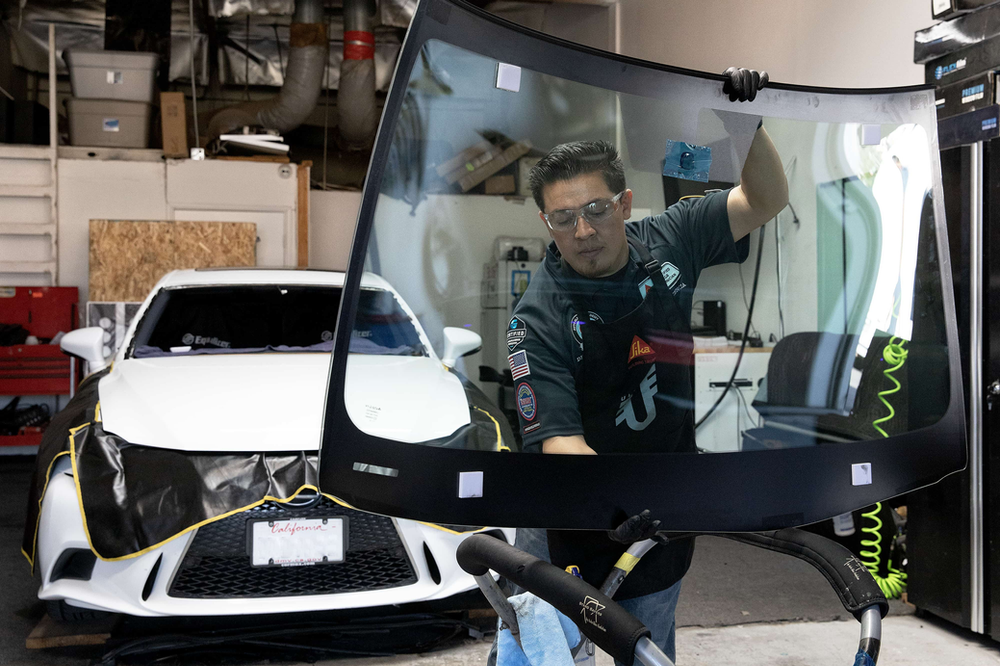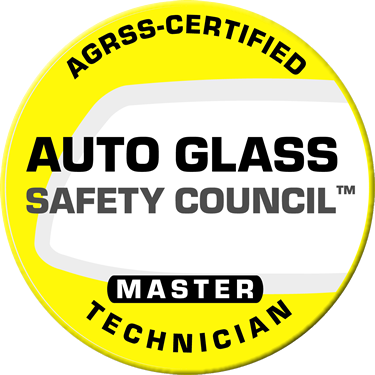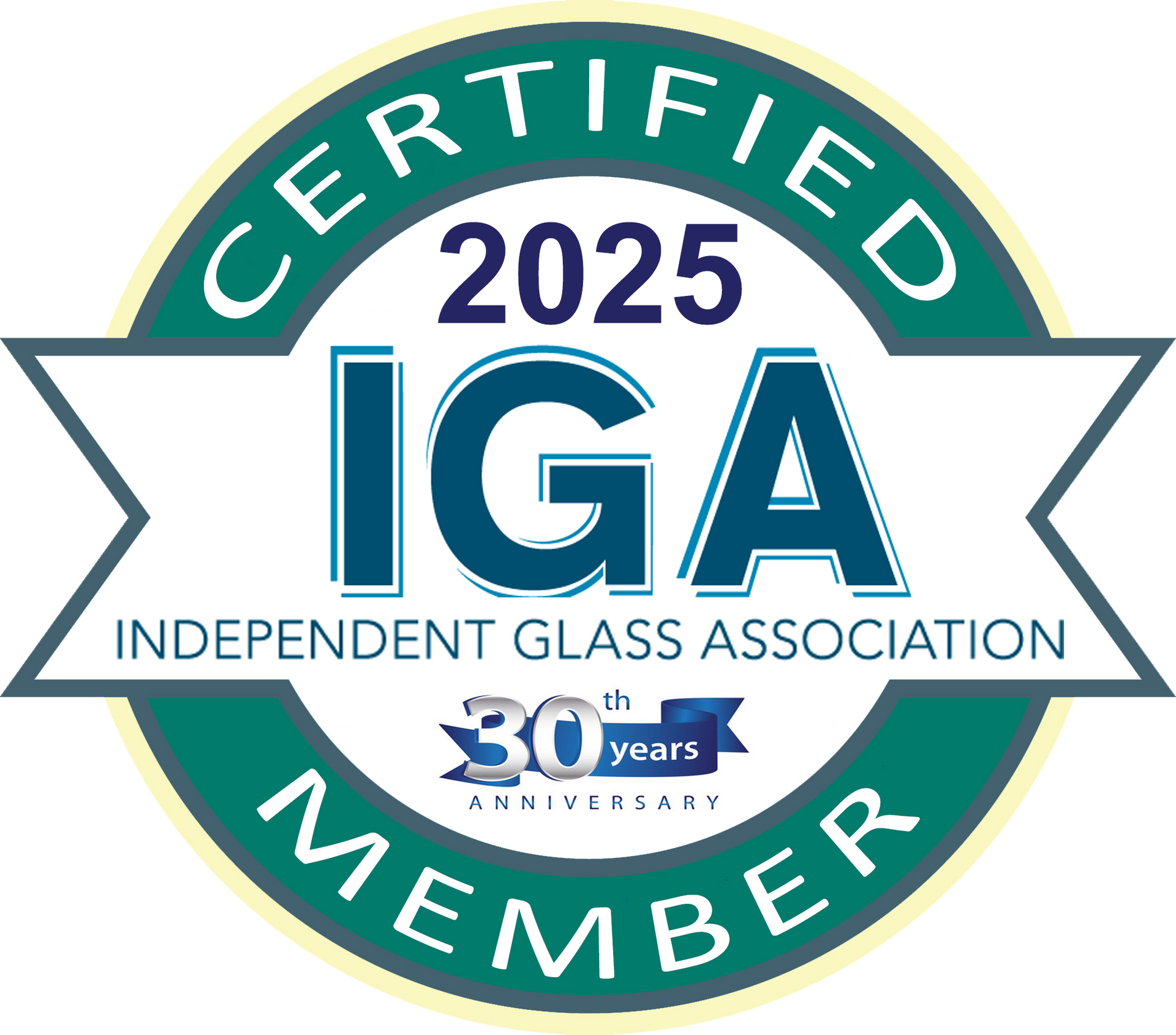"Is there a difference in the quality of windshield repair?"
When looking for a new windshield, there are several choices to consider. OEM and aftermarket windshield repair quality, automobile glass can often leave car owners feeling uncertain, but it's essential to understand that neither option is superior; each has its advantages depending on the situation. To make an informed decision when replacing your vehicle’s cracked or chipped windshield, familiarize yourself with both automotive glass types before making your final choice.
Let's look into the different windshield repair quality
OEM Windshields
OEM (original equipment manufacturer) windshields refer to the original auto glass used in a new vehicle. Auto manufacturers don’t make their own auto glass, instead, they subcontract this out to various auto glass manufacturers like PGW, Pilkington, AGC, and FYG.
In most instances, this is done through a bidding process, with the winning auto glass company getting the right to manufacture auto glass for the vehicles. When making the auto glass, the company manufactures it to the exact specifications provided by the auto manufacturer, ensuring windshields and side windows fit the car perfectly.
Once the glass has been made, it’s shipped out to the auto manufacturer installing it into their brand-new line of vehicles. The company that made the glass gets to stamp its name and logo on the glass, but they are often short-term contracts, meaning a new manufacturer may end up making the same glass further down the line.
Aftermarket Windshields
Aftermarket windshields differ from OEM windshields in that they are made by a different auto glass manufacturer, typically from a company that hasn’t won a particular subcontract from your automaker.
Because it’s not part of a contract, aftermarket windshields aren’t made to the exact measurements as OEM because they don’t have access to this information. However, virtually all aftermarket windshields are reverse-engineered, meaning the company making the glass meticulously researches the precise measurements to ensure it fits safely in the car.
Once produced, aftermarket auto glass is suitable for replacing OEM windshields, often costing less while being almost precisely the same in every way. Because aftermarket glass must meet government standards, auto glass companies spend a great deal of money ensuring the glass is as close to the real thing as it can get.
The Differences
While minimal, there are some differences between OEM and aftermarket windshields.
For instance, due to copyright laws, the aftermarket glass can’t be completely identical to OEM. Therefore, there must be some differences, which is usually in the thickness of the glass or the color.
Obviously, aftermarket windshields need to fit correctly otherwise, they wouldn’t be safe to install, so size dimensions always remain the same; it’s either just the thickness or color that differs.
Perhaps the most significant difference between OEM and aftermarket windshields is the price.
Many insurance companies only provide aftermarket windshield replacements due to the cheaper cost. So, unless you are very particular about minor differences, in most instances, you should be OK with an aftermarket windshield replacement, which will cost you much less and look almost identical to the original.
